General Information
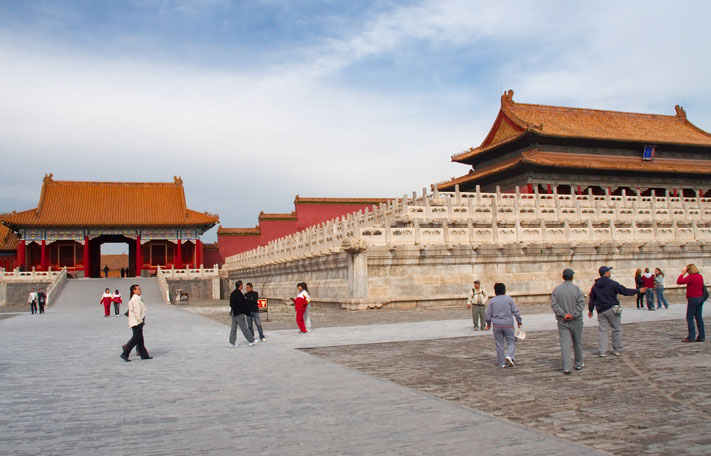
Westerners have long been fascinated and mystified by China. But when Europeans first read Marco Polo’s Travels, they dismissed the accounts as pure fantasy. They could not believe there was a remote, pagan land that was vaster, richer, more populous and more sophisticated than their own.
Location
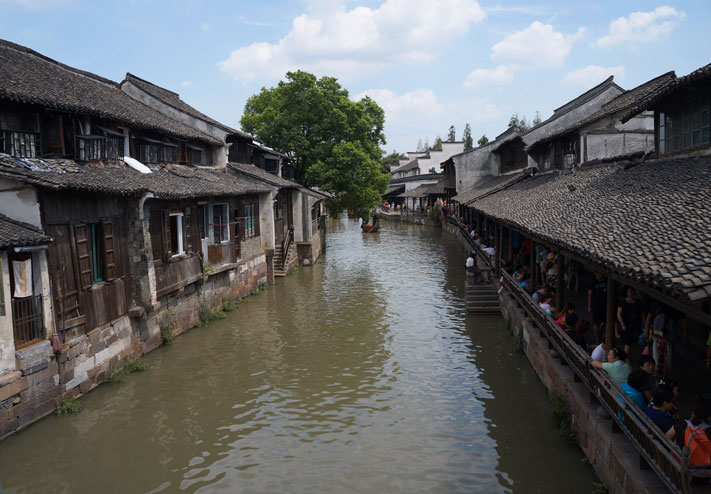
China is situated in eastern Asia on the western shore of the Pacific Ocean, with an area of 9.6 million square kilometers. China’s continental coastline extends for about 18,000 kilometers, and its vast sea surface is studded with more than 5,000 islands, of which Taiwan and Hainan are the largest.
Geography
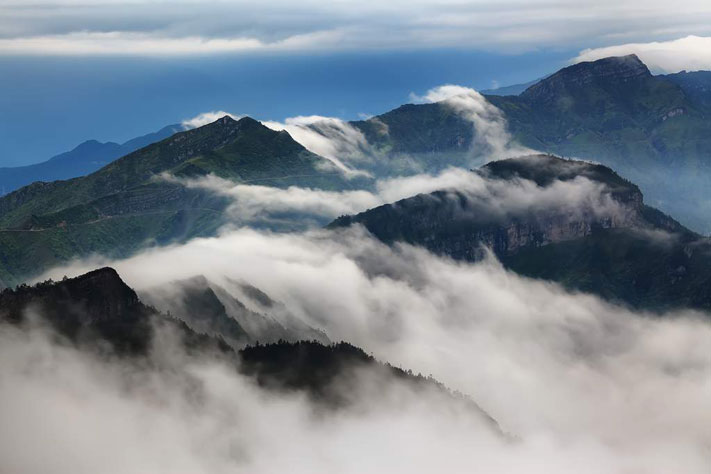
China is the world’s third largest country, after Russia and Canada with an area of 3,692,900 square miles. It extends roughly 3,100 miles from east to west and 3,400 from north to south, bounded to the north by deserts and to the west by the Heavenly mountains and the Himalayas. It borders on 15 countries and territories with 12,400 miles of land frontier.
Land Formation & Rivers
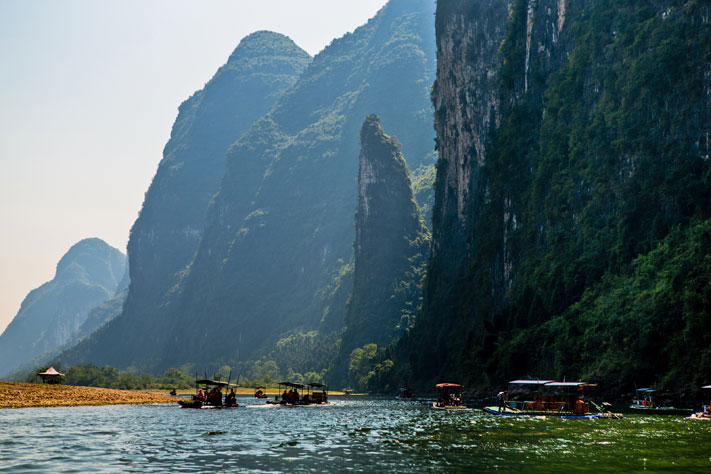
China’s land drops off in escarpments eastward to the ocean, letting in humid air current and leading many rivers eastward. Among the rivers totaling 220,000 kilometers in length in China, the Yangtze and the Yellow are world known.
China has beautiful scenery, with mountains and ranges, highlands, plains, basins, and hills. The highlands and hill regions account for 65% of the country’s total land mass, and there are more than 2,000 lakes. The highest mountain peak is Qomolangma (Mt. Everest), the highest in the world, with 8,8848 meters above sea level; the lowest point is in the Turpan Basin, with only 154 meters below sea level.
Climate
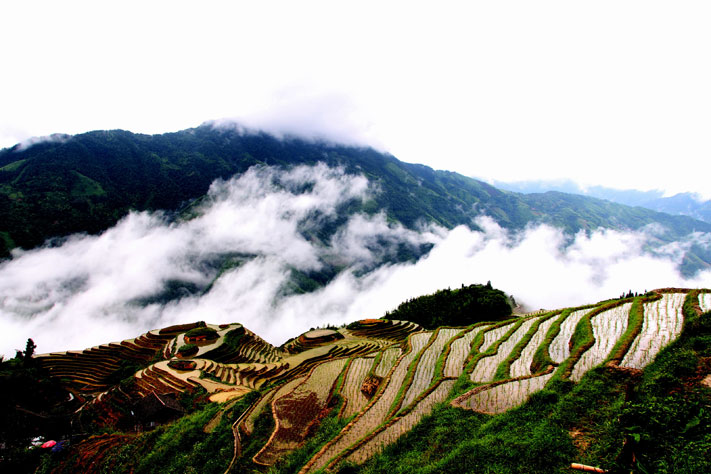
China is characterized by a continental climate. The latitude spans nearly 50 degrees. The greater part of the Chinese territory is situated in the temperature zone, its southern part in the tropical and subtropical zones, and its northern part near the frigid zone. Temperatures differ therefore rather strikingly across the country. The northern part of Heilongjiang Province has long winters but no summers; while the Hainan Island has long summers but no winters. The Huaihe River valley is marked by distinctive seasonal changes, but it is spring all year around in the south of the Yunnan-Guizhou Plateau. In the northwest hinterland, the temperature changes dramatically, China’s high tundra zone is situated in the Qinghai-Tibet Plateau, where the temperature is low in all four seasons. Some desert areas are dry all year round in northwestern part of China.
Resources
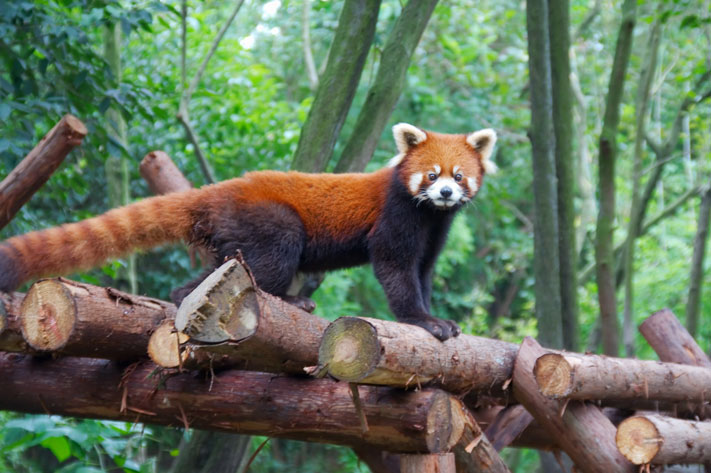
China abounds in natural resources. It leads the world in many proven mineral deposits. No country in the world boasts more wildlife than China, many of which are native to China, such as gaint panda, snub-nosed golden monkey, and Chinese alligator. China’s dawn redwood and Cathaya argyrophylla are known as the living fossils of ancient plants.
To protect the nation’s native animals and plants, especially the endangered species, China has established more than 700 nature reserves.
History

China, with a recorded history of 5,000 years, is one of the world’s earliest civilizations.
In the 21st century BC, China entered slave society with the founding of the Xia dynasty, thereby writing a finale to long years of primitive society. The Xia was followed by the Shang and Western Zhou dynasties, then came the Eastern Zhou dynasty, which encompassed of the Spring and Autumn and Warring States Periods.
In 221 BC, Qin Shihuang established China’s first centralized autocracy, the Qin dynasty, thereby ushering Chinese history into feudalism, which endured in a succession of dynasties, such as the Han, Tang, Song, Yuan, Ming, and Qing, until the Opium War of 1840.
The economy and science and technology were relatively well developed in ancient China. During the Shang dynasty some 3,000 years ago, the Chinese had mastered the art of bronze metallurgy, and invented iron implements. Many distinguished thinkers, scientists, artists and writers came into being. The contributions to world civilization of ancient China’s four inventions: papermaking, printing, powder, and the compass, as well as remarkable achievements in mathematics, medical science, astronomy, agriculture, and architecture, are universally recognized.
The Bourgeois Democratic Revolution of 1911 led by Sun Yat-sen toppled the rule of the Qing dynasty, put an end to more than 2,000 years of feudal monarchical system and culminated in the establishment of the provisional government of the Republic of China.
The people’s Republic of China was founded on October 1, 1949. Today, China is implementing reform and opening-up policies, and has established socialist market economy, thereby charting the course for socialist modernization with Chinese characteristics.
Population & Ethnic Groups
Cihna, as the world’s most populous country, has a population exceeding 1.6 billion, which makes up 22% of the world total.
China is a multiracial country with 56 ethnic groups, including Achang, Bai, Bonan, Blang, Bouyi, Korean, Daur, Dai, De’ang, Dong, Dongxiang, Derung, Oroqen, Russian, Ewenki, Gaoshan, Gelao, Hani, Kazak, Han, Hezhen, Hui, Jino, Gin, Jingpo, Kirgiz, Lahu, Li, Lisu, Lhoba, Manchu, Maonan, Mongolian, Monba, Miao, Mulam, Naxi, Nu, Primi, Qiang, Salar, She, Sui, Tajik, Taar, Tu, Tujia, Va, Uygur, Uzhek, Xibe, Yi, Yuigur, Yao, Tibetan, and Zhuang. The Han people account for 92% of the population. No matter how big or small the population is, all peoples share equal rights.
Religion
China is a multi-religious country. Taosim, Buddhism, Islamism, Catholicism and Christianity have all developed in this country. Freedom of belief is a government policy, and normal religious activities are protected by the Constitution.
Language & Character
Chinese is commonly used in modern China. It is one of the give working languages designated by the United Nations. The majority of the 55 minority groups have their own languages. As a written language, Chinese has been used for 6,000 years.
Capital
Beijing is the capital of the People’s Republic of China. A center for politics, economy and culture. Beijing has been developed into a world-class metropolis in which the modern world is blended harmoniously with the glory of an imperial past.

